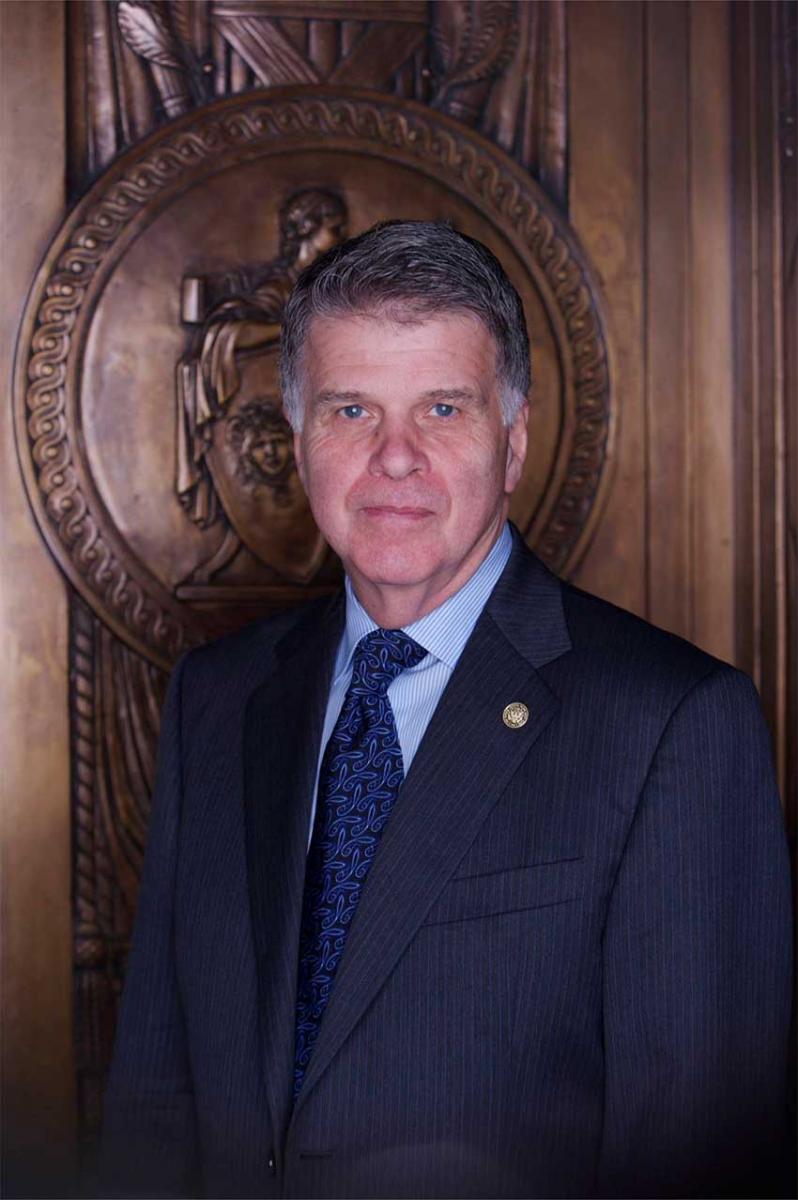
Remarks for U.S. Secret Service Awards Ceremony
William G. McGowan Theater
Tuesday, July 7, 2015
Welcome to my house! It is an honor to have you here in the National Archives. Earlier this evening you had the opportunity to tour the Rotunda and view the Charters of Freedom – the Declaration of Independence, the Constitution, and the Bill of Rights.
Those documents have special meaning for all of us, but a very special meaning for a family who visited last August—the son and grand-daughters of Harry E. Neal, retired Assistant Chief of the Secret Service in the 1950's. During his service, Neal was put in charge of a very important mission - getting the Charters of Freedom into protective custody at Fort Knox during World War II.
Agent Neal's detailed report is one of the fascinating documents in our custody. An armored truck "under suitable guard" moved the material from the Library of Congress (then the home of the Charters) to Union Station where a drawing room and adjoining compartments on the Baltimore and Ohio Railroad train leaving at 6:30 p.m. on the 26th of December 1941.
With the help of National Archives staff in Washington, College Park, and St Louis, we assembled facsimiles of records in Agent Neal's civilian personnel record and Secret Service records from the Treasury Department to present to his family—with the thanks of a grateful nation for his commitment to protecting our history.
Let me tell you about who we are and what we do.
The National Archives opened its doors in 1935 with a mission to collect, protect, and preserve the records of the U.S. Government. We are the final destination of the most important records of the United States Government — that one to three percent deemed by departments and agencies to be important enough for permanent preservation here.
Today that collection translates into about 12 billion sheets of paper, 42 million photographs, miles and miles of video and film, and more than 5 billion electronic records—the fastest growing record form. These include the Records of the U.S. Secret Service…
- Records of the Operatives appointed to positions with the Secret Service Division between 1865 and 1871.
- Reports of Agents on Special Investigations from 1871 to 1933.
- Photographs of individuals arrested for violating counterfeiting laws, 1886 to 1911.
- Field agent reports and related correspondence 1887 to 1936
- General Correspondence from 1894 to 1918 relating to counterfeit detection, protection of the President, special investigations, and visits of foreign dignitaries.
- Name Index to Crank Letters, 1899 to 1900, including the name of the writer and an abstract of the contents of the letter.
- Daily reports of Agents on White House Details, 1908 to 1928
- Photographs of Criminals and suspects, 1914 to 1925
- Closed investigation case files, 1920 to 1963 including documents related to the Lindbergh kidnapping case and threats made against Franklin D. Roosevelt and Eleanor Roosevelt
- "Wanted posters" of criminals in 1935 and 1936
- Photographs of agency chiefs and directors: formal portraits of the first 20 men who
- served as chief or director of the U.S. Secret Service beginning with William P. Wood, who was appointed in 1865 and up to Director Brian L. Stafford, who was appointed in 1999.
- Trip Files 1953 to 1960
And the National Archives and the Secret Service share a rich history:
On February 20, 1933, the Secret Service accompanied President Herbert Hoover when he laid the cornerstone marking the site for the future home of the National Archives.
Your predecessors worked with Harry Neal to move important documents from Washington to Fort Knox during World War II.
And on December 15, 1952, the Secret Service was here with President Harry Truman when the records were moved from the Library of Congress to our Rotunda in the "Charter of Freedom" enshrining ceremony.
We continue to have a relationship with the Secret Service, as evident when events or ceremonies bring the President and various foreign heads of state in which your agency protects to the National Archives and the Presidential Libraries.
Here at the National Archives, history comes to life; we house the tangible reminders of where we have been, how far we have come, and what is possible for each and every American.
Each record, large or small, is a representation of a greater story, many of which are still being told today in daily life. The National Archives tells everyone's story. Enjoy your evening.
 The Archivist of the United States is the head of our agency, appointed by the President of the United States.
The Archivist of the United States is the head of our agency, appointed by the President of the United States.